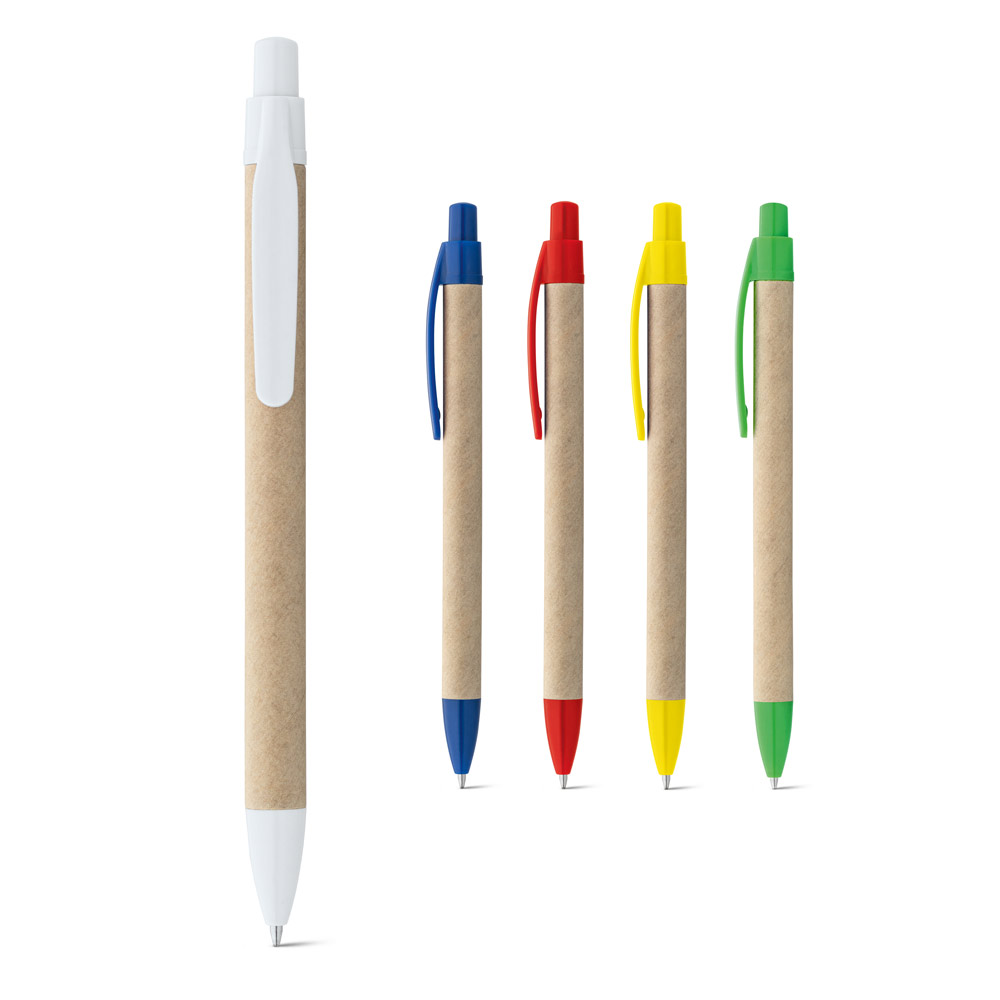shopping_cart
Cart
Thanks to its manufacturing process, which is similar to that of recycled paper, brown paper has become an eco-friendly option for many companies looking for alternative, more environmentally-friendly materials.
Kraft paper is a type of thick brown paper, much stronger than normal paper, discovered in 1870 by the German Carl F. Dahl.
Brown wrapping paper is a very versatile material, which means it can be adapted to a variety of sectors. It is most often used as packaging. Its increasing use in the transport industry is due to its lightness. It allows packages to be transported without weighing them down, which reduces shipping costs.
It is also widely used to create paper envelopes. It has a multitude of applications in the business world: for example, you can use it to create eco-friendly business cards. In other sectors, such as textiles or food, it is used to make paper bags that are given to customers at the checkout to carry their purchases.
One of the main advantages is undoubtedly that its production is environmentally friendly. What's more, brown kraft paper is 100% recyclable and environmentally friendly. Its great strength means it can be used for a wide range of purposes, including transport, packaging and protecting goods. It’s naturally brown, although it can be dyed in other colours.
It's a trendy material, which is why it has recently entered the fashion sector. Its strength and flexibility mean that it provides better protection against knocks and tears. Its resistance to temperature differences makes it the perfect material for packaging food products or for protecting purchases from damp.
As we've seen, recycled brown paper is all the rage, but why? There are two reasons for this popularity: the first is the general growth in society's ecological awareness. This has prompted brands to look for more eco-responsible alternatives for their products, increasing the number of items we can find made from this material.
The situation is the same in the world of merchandising: it is possible to find a multitude of promotional gifts made from recycled kraft paper, such as tote bags or personalised kits, thanks not only to its environmental benefits but also to its aesthetic appeal. There are also logo notebooks, envelopes and labels. In short, it's becoming increasingly common to find this practical material alongside brands that use it to enhance their corporate image.

This biodegradable component is relatively inexpensive. What's more, its low weight reduces transport costs. So, despite its popularity and all the environmental benefits its use can bring, brown wrapping paper is not expensive and remains affordable for all pockets.
Brown paper kraft is thicker and stronger, and has a lower production cost. Another difference, which is noticeable at first glance, is its colour, usually brown. However, it is true that these two types of paper have different uses.
This biodegradable component is relatively inexpensive. What's more, its low weight reduces transport costs. So, despite its popularity and all the environmental benefits its use can bring, brown wrapping paper is not expensive and remains affordable for all pockets.
Brown paper kraft is thicker and stronger, and has a lower production cost. Another difference, which is noticeable at first glance, is its colour, usually brown. However, it is true that these two types of paper have different uses.
